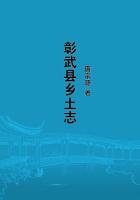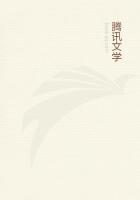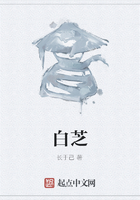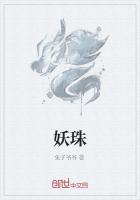That nature, not man, is their beau ideal, the source of inspiration to them, is evident again on looking at their art. The same spirit that makes of them such wonderful landscape gardeners and such wonder-full landscape gazers shows itself unmistakably in their paintings.
The current impression that Japanese pictorial ambition, and consequent skill, is confined to the representation of birds and flowers, though entirely erroneous as it stands, has a grain of truth behind it. This idea is due to the attitude of the foreign observers, and was in fact a tribute to Japanese technique rather than an appreciation of Far Eastern artistic feeling. The truth is, the foreigners brought to the subject their own Western criteria of merit, and judged everything by these standards. Such works naturally commended themselves most as had least occasion to deviate from their canons. The simplest pictures, therefore, were pronounced the best. Paintings of birds and flowers were thus admitted to be fine, because their realism spoke for itself. Of the exquisite poetic feeling of their landscape paintings the foreign critics were not at first conscious, because it was not expressed in terms with which they were familiar.
But first impressions, here as elsewhere, are valuable. One is very apt to turn to them again from the reasoning of his second thoughts.
Flora and fauna are a conspicuous feature of Far Asiatic art, because they enter as details of the subject-matter of the artist's thoughts and day-dreams. These birds and flowers are his sujets de genre. Where we should select a phase of human life for effective isolation, they choose instead a bit of nature. A spray of grass or a twig of cherry-blossoms is motif enough for them. To their thought its beauty is amply suggestive. For to the Far Oriental all nature is sympathetically sentient. His admiration, instead of being centred on man, embraces the universe. His art reflects it.
Leaving out of consideration, for the moment, minor though still important distinctions in tone, treatment, and technique, the great fundamental difference between Western and Far Eastern art lies in its attitude toward humanity.
With us, from the time of the Greeks to the present day, man has been the cynosure of artistic eyes; with them he has never been vouchsafed more than a casual, not to say a cursory glance, even woman failing to rivet his attention. One of our own writers has said that, without passing the bounds of due respect, a man is permitted two looks at any woman he may meet, one to recognize, one to admire. A Japanese ordinarily never dreams of taking but one, --if indeed he goes so far as that,--the first. It is the omitting to take that second look that has left him what he is. Not that Fortune has been unpropitious; only blind. Fate has offered him opportunity enough; too much, perhaps. For in Japan the exposure of the female form is without a parallel in latitude. Never nude, it is frequently naked. The result artistically is much the same, though the cause be different. For it is a fatal mistake to suppose the Japanese an immodest people. According to their own standards, they are exceedingly modest. No respectable Japanese woman would, for instance, ever for a moment turn out her toes in walking.
It is considered immodest to do so. Their code is, however, not so whimsical as this bit of etiquette might suggest. The intent is with them the touchstone of propriety. In their eyes a state of nature is not a state of indecency. Whatever exposure is required for convenience is right; whatever unnecessary, wrong. Such an Eden-like condition of society would seem to be the very spot for a something like the modern French school of art to have developed in.
And yet it is just that study of the nude which has from immemorial antiquity been entirely neglected in the Far East. An ancient Greek, to say nothing of a modern Parisian, would have shocked a Japanese. Yet we are shocked by them. We are astounded at the sights we see in their country villages, while they in their turn marvel at the exhibitions they witness in our city theatres. At their watering-places the two sexes bathe promiscuously together in all the simplicity of nature; but for a Japanese woman to appear on the stage in any character, however proper, would be deemed indecent.
The difference between the two hemispheres may be said to consist in an artless liberty on the one hand, and artistic license on the other. Their unwritten code of propriety on the subject seems to be, "You must see, but you may not observe."
These people live more in accordance with their code of propriety than we do with ours. All classes alike conform to it. The adjective "respectable," used above as a distinction in speaking of woman, was in reality superfluous, for all women there, as far as appearance goes, are respectable. Even the most abandoned creature does not betray her status by her behavior. The reason of this uniformity and its psychological importance I shall discuss later.
This form of modesty, a sort of want of modesty of form, has no connection whatever with sex. It applies with equal force to the male figure, which is even more exposed than the female, and offers anatomical suggestions invaluable alike to the artistic and medical professions,--suggestions that are equally ignored by both.

